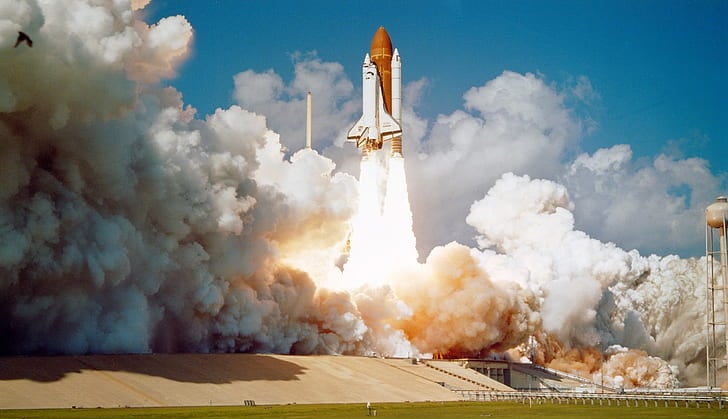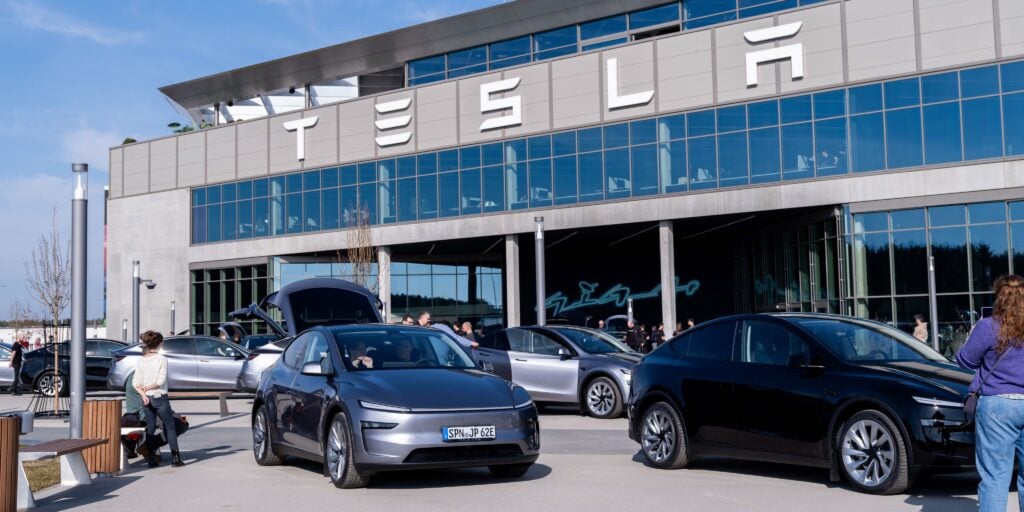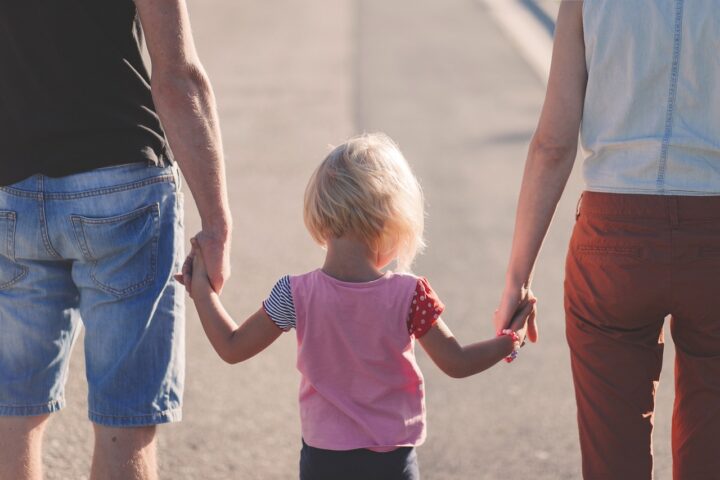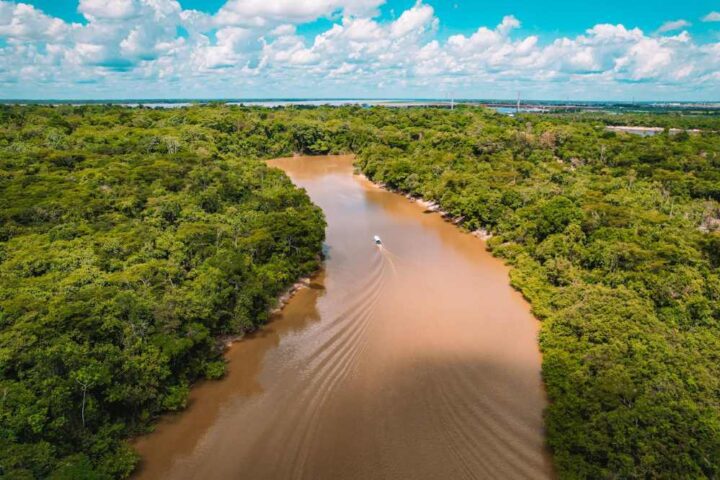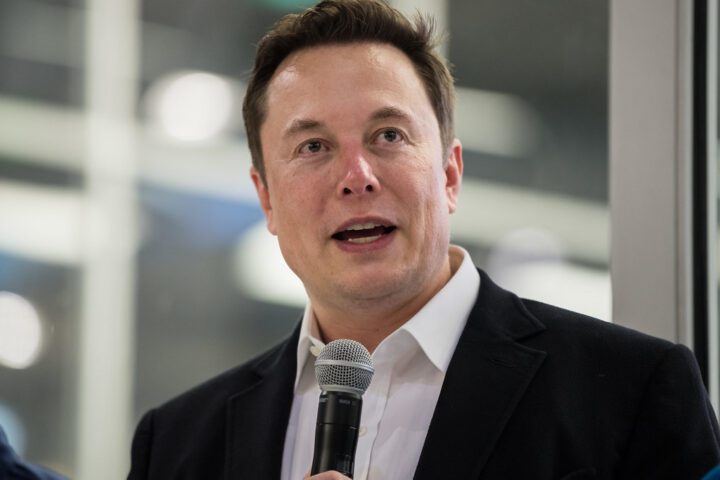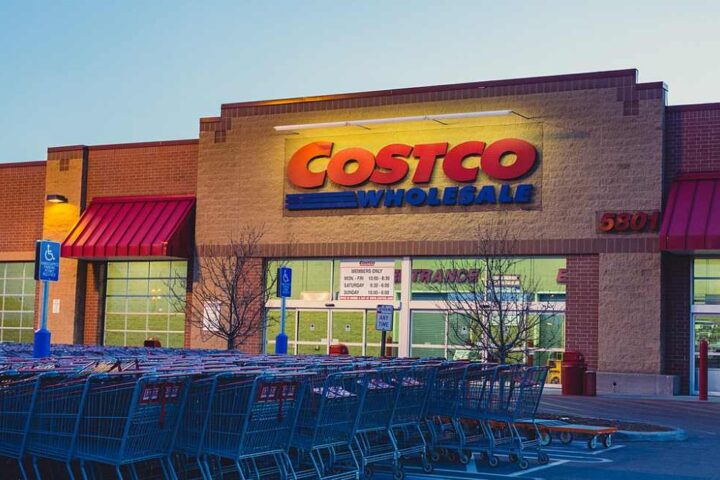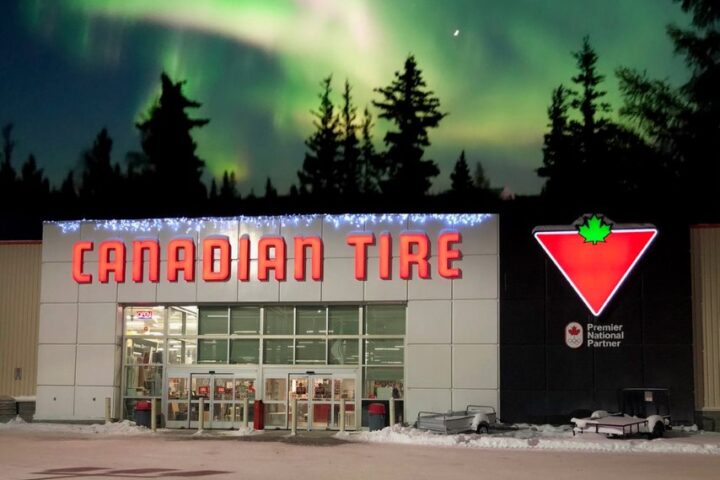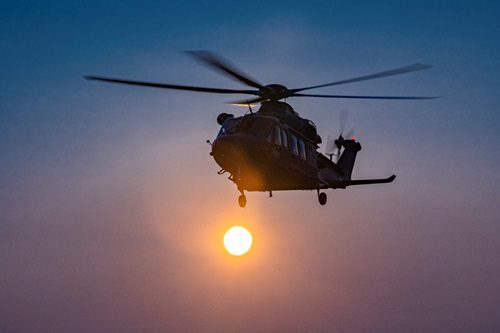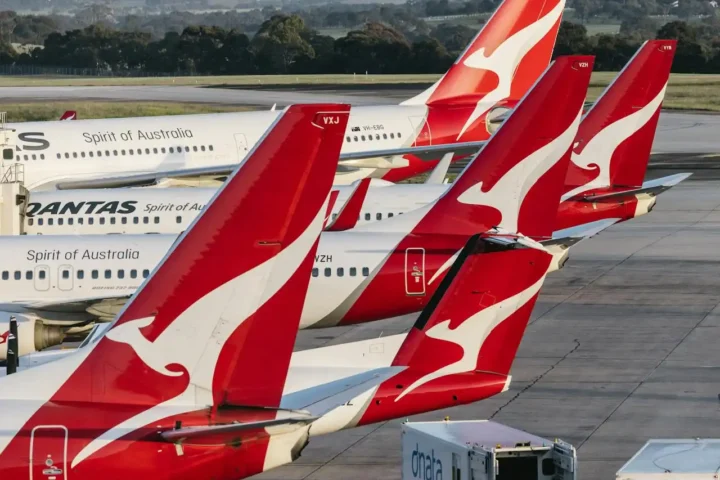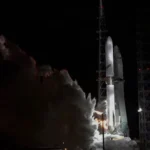The Federal Aviation Administration (FAA) has approved SpaceX to launch its massive Starship rocket up to 25 times per year from its Texas facility—a fivefold increase from previous limits. The May 6, 2025, decision marks a substantial expansion for the company’s operations at Boca Chica, now branded Starbase.
Business Impact and Jobs
SpaceX has spent over $90 million with more than 80 Rio Grande Valley suppliers since January 2023.
The company has generated $6.5 billion in state and local revenue and indirect business taxes on its 350+ acre Starbase campus. Tourism tied to rocket launches brings real dollars: $99 million to the region in 2025, with over 11,000 visitors showing up for a single launch event. In 2023, more than 20,000 space enthusiasts visited the area. The facility directly employs 3F,400+ full-time staff and contractors, while supporting 21,400+ indirect jobs across Cameron County.
Cameron County Judge Eddie Treviño Jr. stated, “I want to thank SpaceX for their direct investment in the communities and school districts throughout Cameron County and for helping put South Texas on the map.”
Environmental Requirements
The FAA issued a Mitigated Finding of No Significant Impact (FONSI) after completing required environmental reviews. Key requirements include:
- A new Texas Pollutant Discharge Elimination System permit (effective February 18, 2025) for wastewater from the launch pad cooling system.
- Seasonal launch restrictions to avoid sea turtle nesting periods (April–July).
- Acoustic monitoring to protect marine wildlife.
- No ocean landings inside Hawaii’s 200 nautical mile exclusive economic zone.
The FAA noted: “This decision balances rapid space innovation with robust environmental safeguards.”
Environmental-justice advocates remain concerned. The South Texas Environmental Justice Network emphasized that the “FAA’s process must ensure protections for coastal and wildlife resources.”
Similar posts
Technical Infrastructure
SpaceX has made substantial facility upgrades to support increased launch frequency:
- Relocated Pad B within the launch area to Orbital Launch Mount 2.
- Reinforced flame trenches to handle increased launches.
- Calibrated water deluge flow rates for better pad protection.
- Added power line extensions from Magic Valley Electric Cooperative.
- Installed vibration-monitoring equipment at historic sites 2–8 miles from the pad.
The company has built 10 Starship prototypes since January 2020 and tested over 60 Raptor engines, with 567 engine starts and nearly 30,000 seconds of accumulated test time.
Regulatory Process
The FAA conducted extensive public consultations, including:
- Two in-person meetings in Brownsville (January 7, 2025).
- One virtual meeting (January 13, 2025).
- 12,303 public comments received and addressed.
The environmental assessment was prepared under the Council on Environmental Quality’s NEPA Implementation Regulations Revision Phase 2, which took effect May 1, 2024.
Broader Context
This approval fits into SpaceX’s expanding launch portfolio:
- Falcon 9 launches at Vandenberg Space Force Base increased from 36 to 50 per year.
- Additional environmental assessments are underway for Cape Canaveral and Kennedy Space Center operations.
- The initial Programmatic Environmental Assessment (PEA) in July 2022 authorized five launches and landings annually.
